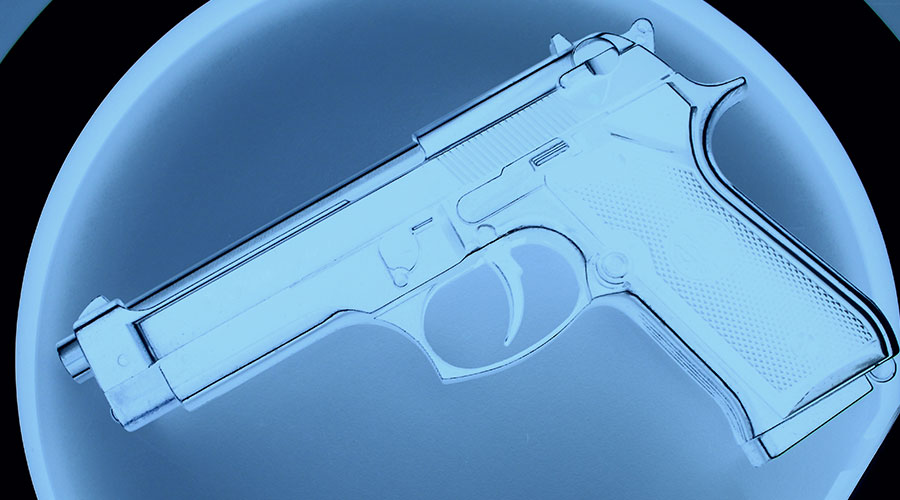ePIPE Team Awarded U.S. Patent - for application of an 'in-place' coating to protect underground pipes against water loss due to leaks
|
|
Pipe Restoration Technologies, LLC, (PRT) makers of the ePIPE®, Lead-Free, Leak-Free™ and LeadSmart® product lines, announced that it has been granted U.S. patent #9744561. This patent is related to the ePIPE system of in-place pipe restoration which providesprotection to underground pipes against leaks and harmful lead and copper leaching.
|
|
“ePIPE is providing superior solutions in response to real-time issues of providing protection against leaks and reducing the leaching of toxic metals like lead and copper from underground pressurized water supply pipes. With some utilities reporting water loss due to leaks at 35% or greater our solution provides a significant opportunity to address water loss”, said Pipe Restoration Technologies CEO Larry Gillanders. “ePIPE applicators save their customers time and money with ePIPE’s fast installation.Protecting underground water carrying pipes including lead service lines (LSLs) can be completed in under four hours per line and often with no excavation on the home owner’s property.”
Pipes protected with ePIPE reduce the loss of water and reduce the leaching of toxic lead and copper into drinking water to well below U.S. Environmental Protection Agency (EPA) and World Health Organization (WHO) cut-off levels. Pipes from as small as 1/2'' in diameter can be protected in-place using the patented ePIPE system and materials.
|
|
August 30, 2017
Topic Area:
Press Release
Recent Posts
Senior citizens are among the most vulnerable population and require a certain level of care. States are trying to protect them.
Groundbreaking on the Newport Irvine Medical Center is scheduled for June 2025.
The lawsuit seeks a jury trial, damages, expanded credit monitoring services and security improvements at Sunflower Medical Group.
The nearly 8,000-square-foot facility will increase access to primary and specialty care services.
Case study: The system was able to detect 2,500 risk items in less than five months.

 States Move Forward to Better Protect Senior Citizens
States Move Forward to Better Protect Senior Citizens Archer and REDA to Transform Newport Beach Building into Outpatient Center
Archer and REDA to Transform Newport Beach Building into Outpatient Center Sunflower Medical Group Facing Lawsuit Following January Data Breach
Sunflower Medical Group Facing Lawsuit Following January Data Breach Nemours Children's Health Opens New Location in Lake Nona
Nemours Children's Health Opens New Location in Lake Nona Enhancing Safety at Hennepin Healthcare with a Screening System
Enhancing Safety at Hennepin Healthcare with a Screening System